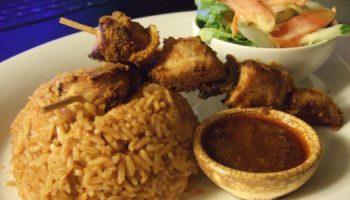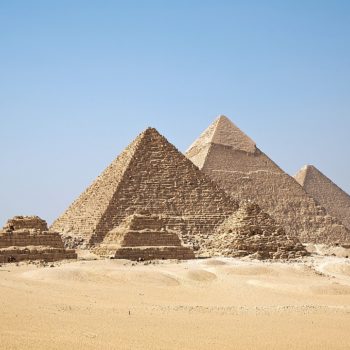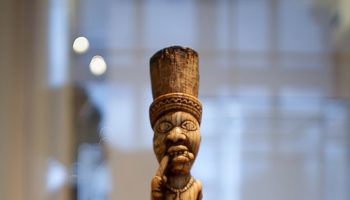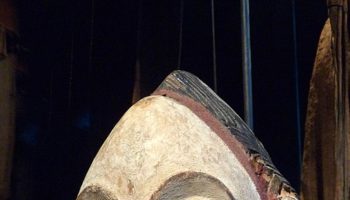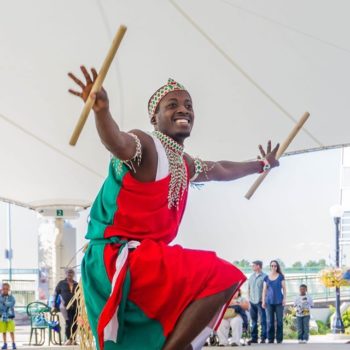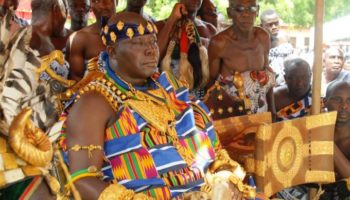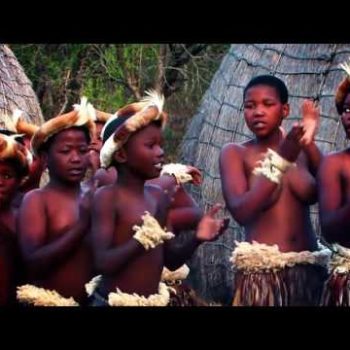African music is a tradition mainly played at gatherings at special occasions the traditional music of Africa, given the vastness of the continent, is historically ancient, rich and diverse, with different regions and nations of Africa having many distinct musical traditions. Music in Africa is very important when it comes to religion. Songs and music are used in rituals and religious ceremonies, to pass down stories from generation to generation, as well as to sing and dance to.
Traditional music in most of the continent is passed down orally (or aurally) and is not written. In sub-Saharan African music traditions, it frequently relies on percussion instruments of every variety, including xylophones, djembes, drums, and tone-producing instruments such as the mbira or “thumb piano.”
The music and dance of the African diaspora, formed to varying degrees on African musical traditions, include American music and many Caribbean genres, such as soca, calypso (see kaiso) and zouk. Latin American music genres such as the rumba, conga, bomba, cumbia, salsa and samba were founded on the music of enslaved Africans, and have in turn influenced African popular music.
Like the music of Asia, India and the Middle East, it is a highly rhythmic music. African music consists of complex rhythmic patterns, often involving one rhythm played against another to create a polyrhythm. The most common polyrhythm plays three beats on top of two, like a triplet played against straight notes. Beyond the rhythmic nature of the music, African music differs from Western music in that the various parts of the music do not necessarily combine in a harmonious fashion. African musicians aim to express life, in all its aspects, through the medium of sound. Each instrument or part may represent a particular aspect of life, or a different character; the through-line of each instrument/part matters more than how the different instruments and parts fit together. African music does not have a written tradition; there is little or no written music to study or analyze. This makes it almost impossible to notate the music – especially the melodies and harmonies – using the Western staff. There are subtle differences in pitch and intonation that do not easily translate to Western notation. African music most closely adheres to Western tetratonic (three-notes), pentatonic (five-note), hexatonic (six-note), and heptatonic (seven-note) scales. Harmonization of the melody is accomplished by singing in parallel thirds, fourths, or fifths. Another distinguishing form of African music is its call-and-response nature: one voice or instrument plays a short melodic phrase, and that phrase is echoed by another voice or instrument. The call-and-response nature extends to the rhythm, where one drum will play a rhythmic pattern, echoed by another drum playing the same pattern. African music is also highly improvised. A core rhythmic pattern is typically played, with drummers then improvising new patterns over the static original patterns.
African popular music, like African traditional music, is vast and varied. Most contemporary genres of African popular music build on cross-pollination with western popular music. Many genres of popular music, including blues, jazz and rumba, derive to varying degrees from musical traditions from Africa, taken to the Americas by enslaved Africans. These rhythms and sounds have subsequently been adapted by newer genres like rock and rhythm and blues. Similarly, African popular music has adopted elements, particularly the musical instruments and recording studio techniques of western music.
One of the most important 20th century singers of South African popular music was Miriam Makeba, who played a key-role, in the 60s, in drawing global audience’s attention to African music and its meaning. Zenzile Miriam Makeba was said to have been one of the most influential and popular musicians of Africa, beginning in the 1950s. She was a part of three bands, including one all-woman band and two others. She performed all types of jazz music, traditional African music, and music that was popular in western Africa at the time. Miriam played a majority of her music in the form of “mbube”, which was “a style of vocal harmony which drew on American jazz, ragtime, and Anglican church hymns, as well as indigenous styles of music.” After she moved to the U.S., problems with Makeba’s passport occurred and she had to stay in America, it was said that she put an American twist on most of her African music. She had a very diverse scale of her vocal range and could hit almost any note.[18][circular reference] “The Empress of African Music” died at the age of 76.[19]
The Afro-Euro hybrid style, the Cuban son, has had an influence on certain popular music in Africa. Some of the first guitar bands on the continent played covers of Cuban songs.[20] The early guitar-based bands from the Congo called their music rumba (although it was son rather than rumba-based). The Congolese style eventually evolved into what became known as soukous.


